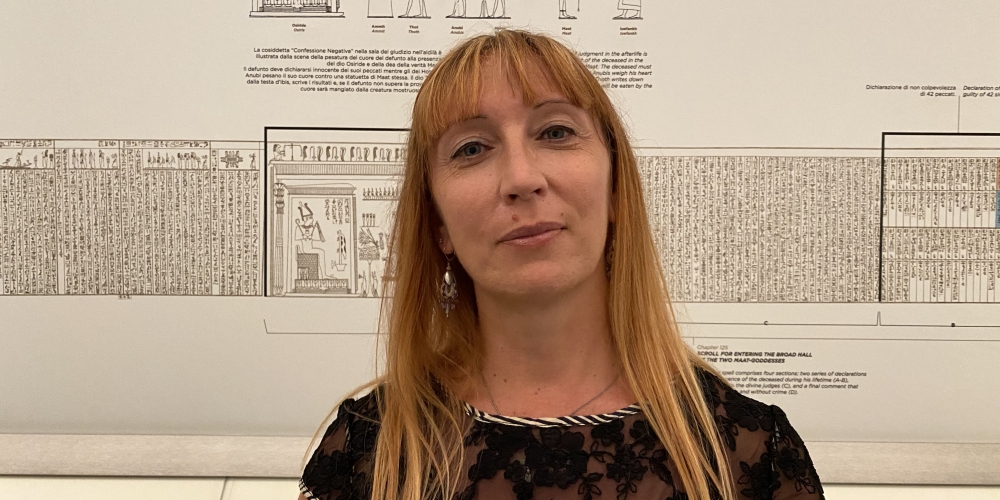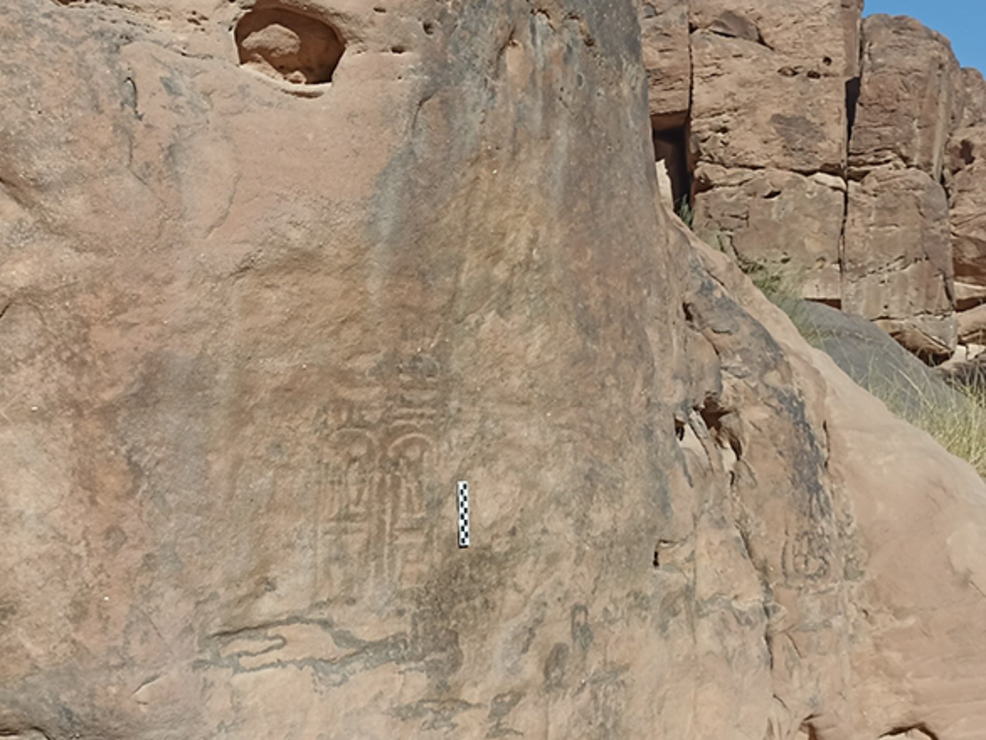May 4 2025 – Lecture: Teaching Ma'at in Prison
The American Research Center in Egypt, Northern California chapter, and the UC Berkeley Department of Middle Eastern Languages and Cultures invite you to attend a lecture by Dr. Rita Lucarelli, UC Berkeley:
"Teaching Ma'at in Prison"
Sunday May 4, 2025, 3 PM Pacific Daylight Time
Room 56 Social Sciences Building, UC Berkeley
This is an in-person lecture and is not virtual. No registration is required.
The lecture will be recorded.

About the Lecture:
The lecture will discuss the innovative experience of teaching a course on Ancient Egypt at San Quentin State Prison, focusing on the engagement of incarcerated students with the subject matter. Dr. Lucarelli will detail the significance of discussing concepts such as Ma'at, justice, and ethics within the context of both ancient Egyptian culture and the contemporary experiences of the students. The results indicate that the study of Egyptology offers meaningful insights for rehabilitation and education, breaking the boundaries of the prison environment and facilitating a unique learning atmosphere.

About the Speaker:
Dr. Rita Lucarelli is an Associate Professor of Egyptology in the Department of Middle Eastern Languages and Culture, and the Class of 1939 Chair of Undergraduate Education. She is the Faculty Curator of Egyptology at the Phoebe A. Hearst Museum of Anthropology and a Fellow of the Digital Humanities at UC Berkeley. She is presently working at a project aiming at realizing 3D models of ancient Egyptian coffins, the Book of the Dead in 3D. She is also completing a new monograph on demonology in ancient Egypt entitled Agents of punishment and protection: ancient Egyptian Demonology in the First Millenium BCE. Dr. Lucarelli teaches, lectures and researches Egyptomania and the reception of ancient Egypt in the contemporary world, in particular on the representation of ancient Egypt in Afrofuturism. She also teaches courses of Egyptology, Comparative Religion and Interdisciplinary Writing at San Quentin State Prison through the Mount Tamalpais College (https://www.mttamcollege.org/).
Dr. Lucarelli studied at the University of Naples "L'Orientale," Italy, where she received her MA degree in Classical Languages and Egyptology. She holds her Ph.D. from Leiden University, the Netherlands. Her Ph.D. thesis was published as The Book of the Dead of Gatseshen: Ancient Egyptian Funerary Religion in the 10th Century BC. She worked as a Research Scholar and a Lecturer at the Department of Egyptology of Bonn University, where she was part of the team of the "Book of the Dead Project".
—————-
Parking is available in UC lots all day on weekends, for a fee. Ticket dispensing machines accept debit or credit cards. Parking is available in lots around the Social Sciences Building, and in lots along Bancroft. A map of the campus is available online at http://www.berkeley.edu/map/ .
About Northern California ARCE:
For more information, please visit https://facebook.com/NorthernCaliforniaARCE/, https://arce-nc.org/, https://www.youtube.com/@NorthernCaliforniaARCE, https://khentiamentiu.org and https://bsky.app/profile/khentiamentiu.bsky.social. To join the chapter or renew your membership, please go to https://arce.org/membership/ and select "Berkeley, CA" as your chapter when you sign up.









